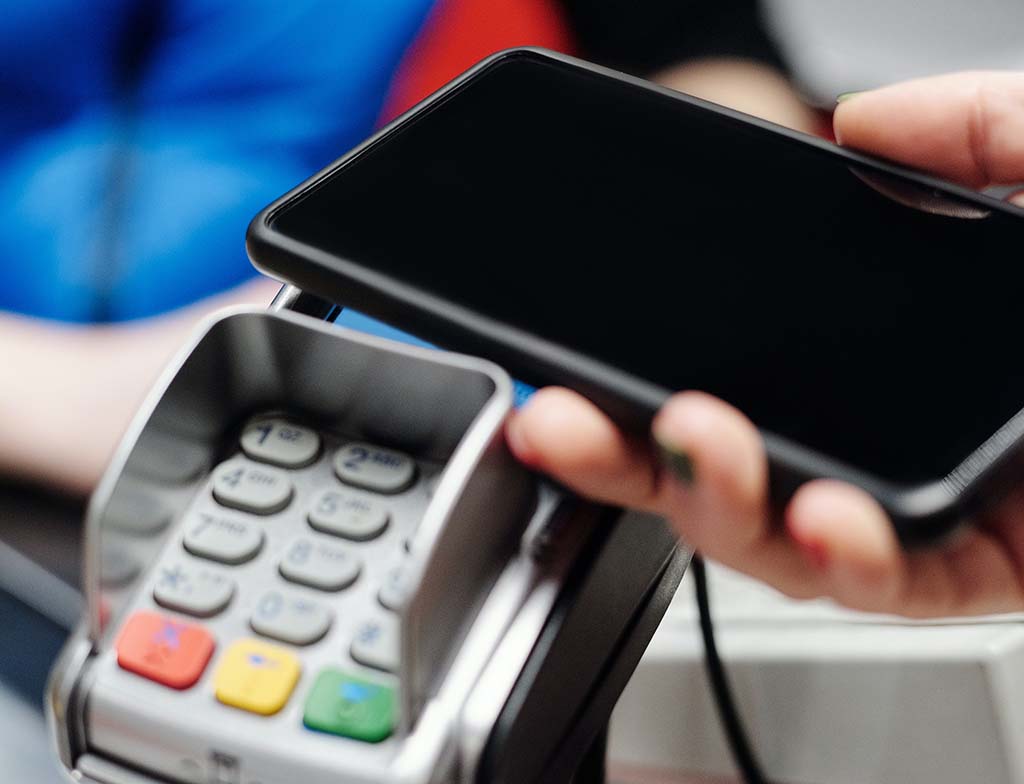Contactless payments have become an essential aspect of modern commerce, offering unparalleled convenience, speed, and ease of use. As people increasingly prioritize seamless and secure transactions, the adoption of contactless payment methods continues to grow. This article explores the journey of contactless payment technologies, examines cutting-edge innovations, and discusses the potential impact on businesses and consumers worldwide. The future of finance is being shaped by the contactless revolution, and understanding its trajectory is crucial for staying ahead in an ever-changing landscape.
The Journey of Contactless Payment Technologies
Contactless payment technology has evolved through various stages, from early implementations of Near Field Communication (NFC) and Radio Frequency Identification (RFID) to the more recent adoption of QR codes. Each iteration has built upon the previous, offering improvements in security, user experience, and functionality. As the technology advances, we can expect further innovation to address the growing demand for quick, secure, and seamless transactions. The continued progress in contactless payment technology not only offers new opportunities for businesses and consumers but also signifies a fundamental shift in how we approach financial transactions.
Cutting-edge Innovations Defining the Future of Contactless Payments
Emerging innovations are shaping the future of contactless payments, including biometric authentication, wearable payment devices, and the integration of blockchain and cryptocurrencies. These developments promise to revolutionize the way we transact, offering even greater convenience and security. Biometric authentication, for instance, leverages unique physical characteristics like fingerprints or facial recognition to verify a user’s identity, reducing the risk of fraud. Wearable payment devices, such as smartwatches and fitness trackers, allow users to make payments with just a tap, further streamlining the payment process. Lastly, the integration of blockchain and cryptocurrencies offers a decentralized, secure, and transparent method of contactless payments, addressing many of the concerns associated with traditional financial systems.

Tackling Security and Privacy Challenges in Contactless Payments
As contactless payments become more prevalent, addressing security and privacy concerns remains paramount. Innovations in encryption, tokenization, and multi-factor authentication help protect sensitive data and reduce the risk of fraud. However, these measures must be continually updated and refined to stay ahead of potential threats. Additionally, regulators and industry stakeholders must collaborate to establish comprehensive security standards and best practices that ensure consumer confidence in contactless payment systems.
The Global Influence of Contactless Payment Adoption
The widespread adoption of contactless payment technology has implications beyond individual transactions, influencing the global economy and financial infrastructure. In both developed and emerging markets, contactless payments have the potential to increase financial inclusion by providing access to convenient and secure payment methods. Additionally, businesses that embrace contactless payments can tap into new markets, increase transaction efficiency, and enhance customer satisfaction. As the contactless revolution continues, its influence will be felt across various industries and regions, changing the way we interact with money and commerce.
The Environmental Benefits of Contactless Payments
Another important aspect of the contactless revolution is its potential to contribute to environmental sustainability. As more people embrace digital payment methods, the demand for physical currency decreases, leading to a reduction in the production of paper bills and metal coins. This, in turn, can help conserve natural resources and reduce the environmental footprint associated with the production, transportation, and disposal of traditional currency. Furthermore, the increased efficiency and reduced need for paper receipts in contactless transactions can significantly decrease paper waste, further contributing to environmental conservation. Thus, the adoption of contactless payment technologies not only transforms the way we conduct financial transactions but also supports global efforts to create a more sustainable future. Also explore here the Bank of America NC DES Debit Card, a convenient solution for receiving unemployment benefits in North Carolina. Get insights into its features, advantages, and best practices for effective account management.
Conclusion: The Transformative Power of Contactless Payments
The contactless revolution in payment technology is transforming the way we conduct financial transactions, bringing increased convenience, security, and efficiency to both businesses and consumers. As we move forward, the adoption of contactless payments is expected to grow even further, driven by cutting-edge innovations such as biometric authentication, wearable payment devices, and the integration of blockchain and cryptocurrencies.
Addressing security and privacy challenges will remain a top priority, necessitating collaboration among regulators, industry stakeholders, and technology providers. As the global influence of contactless payment adoption expands, it has the potential to improve financial inclusion, reshape financial infrastructure, and redefine the way we interact with money.
In conclusion, the transformative power of contactless payments is undeniable, shaping the future of commerce and the finance industry as a whole. By understanding and embracing this revolution, businesses and consumers alike can position themselves to thrive in an ever-evolving financial landscape.




